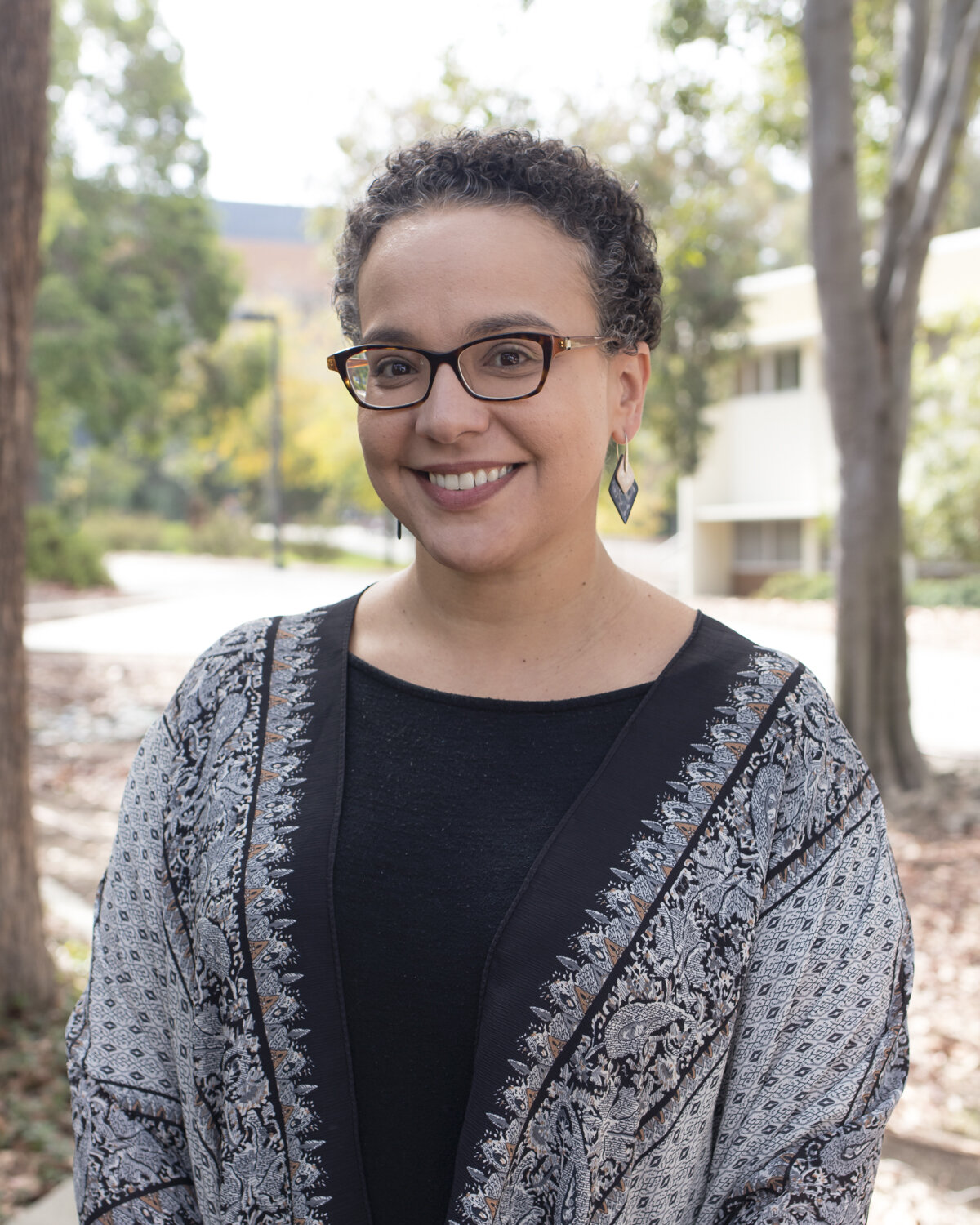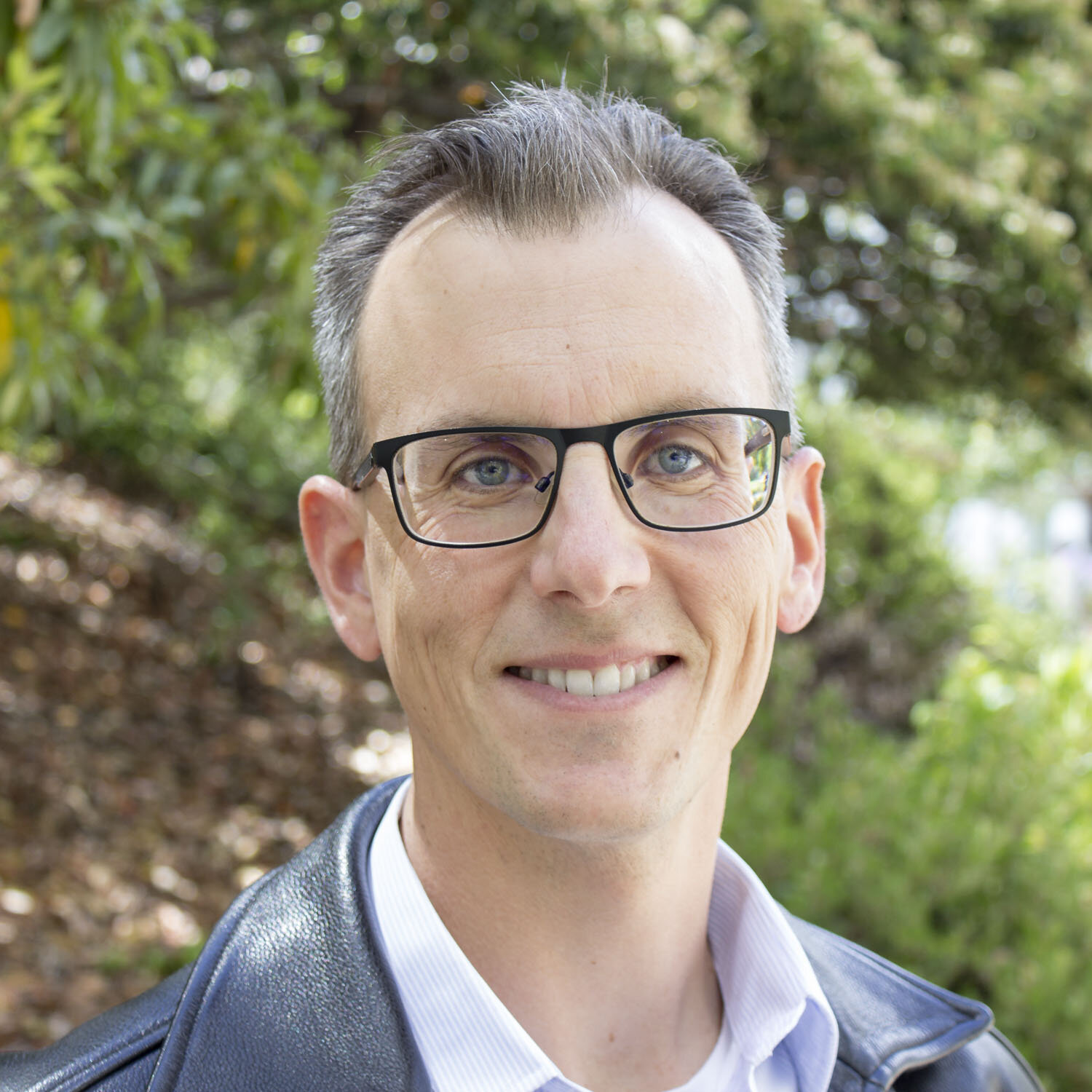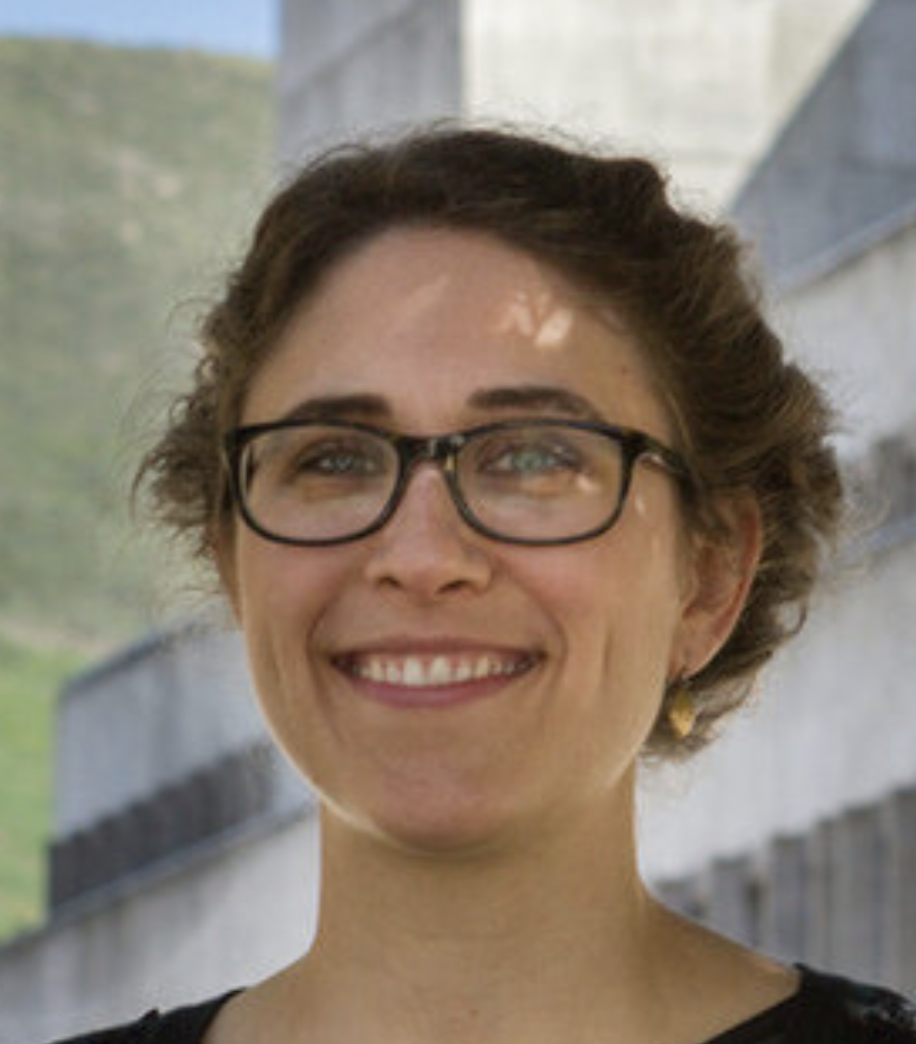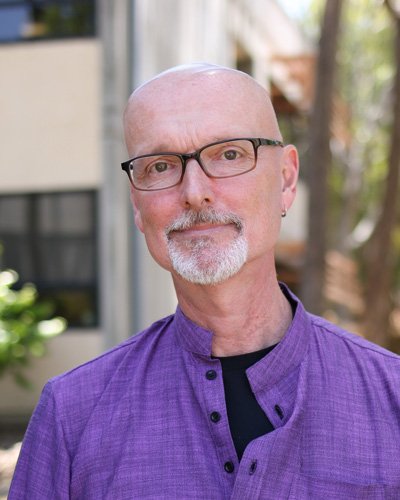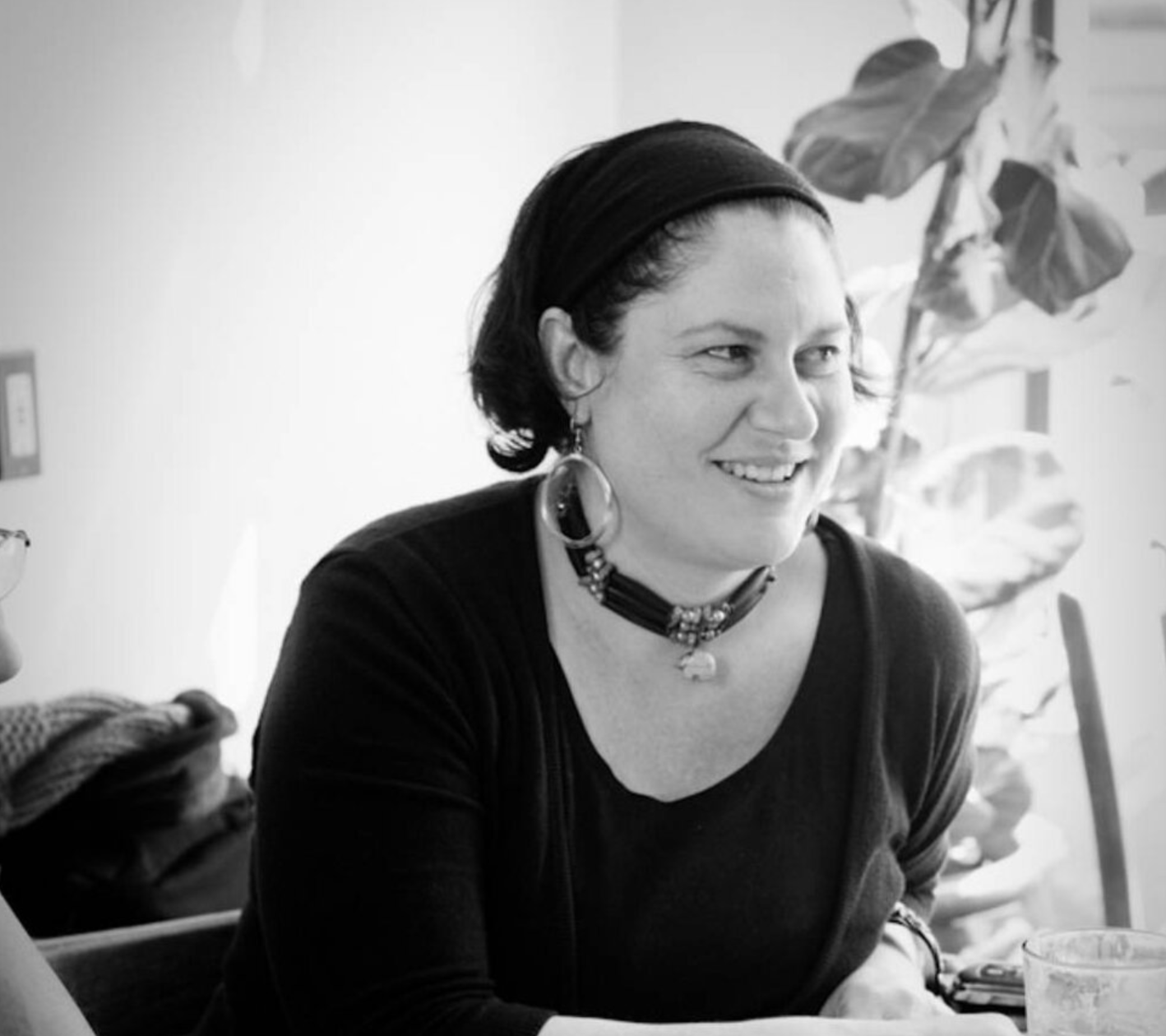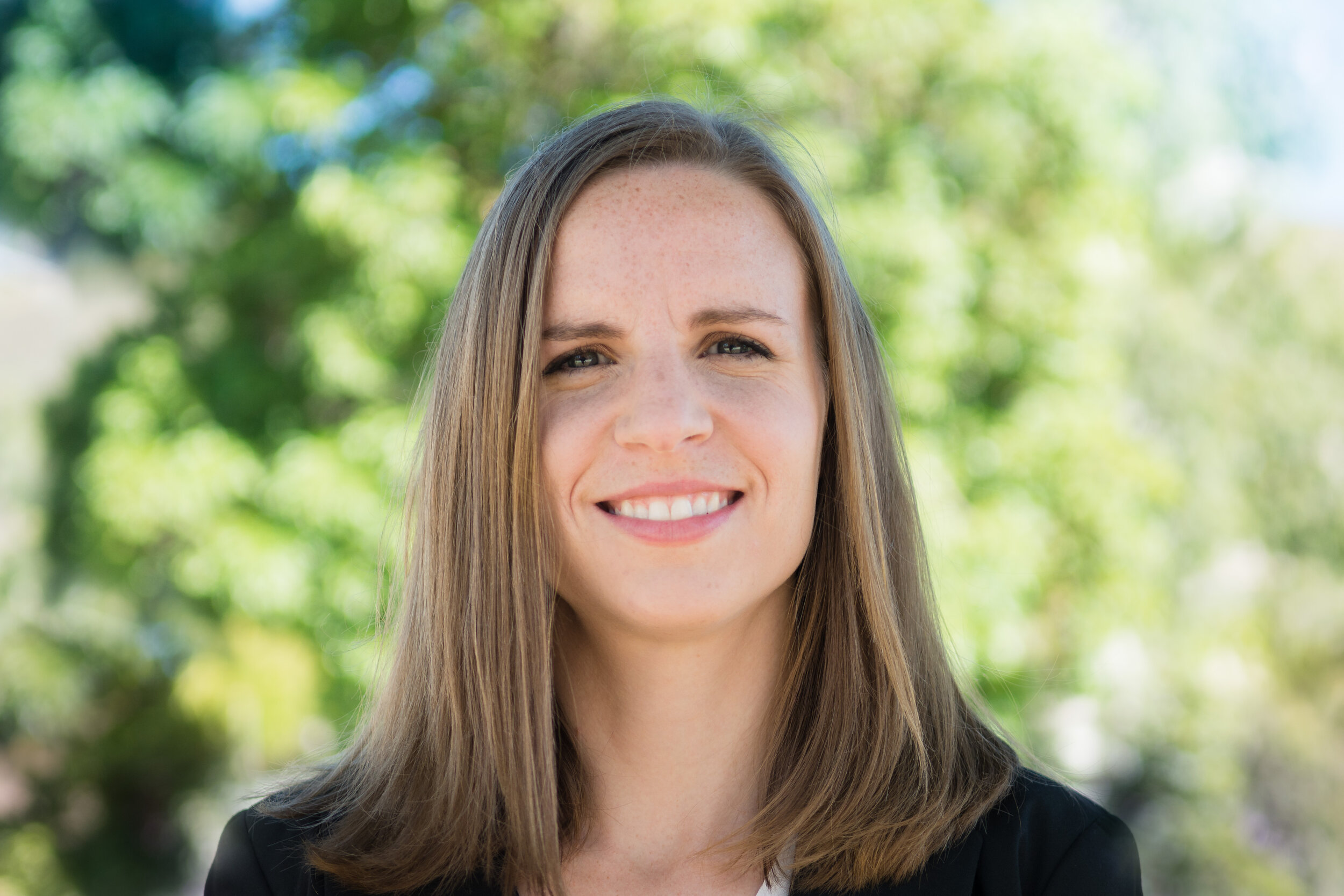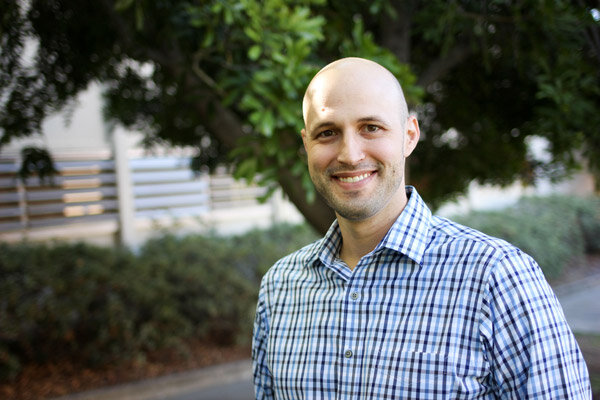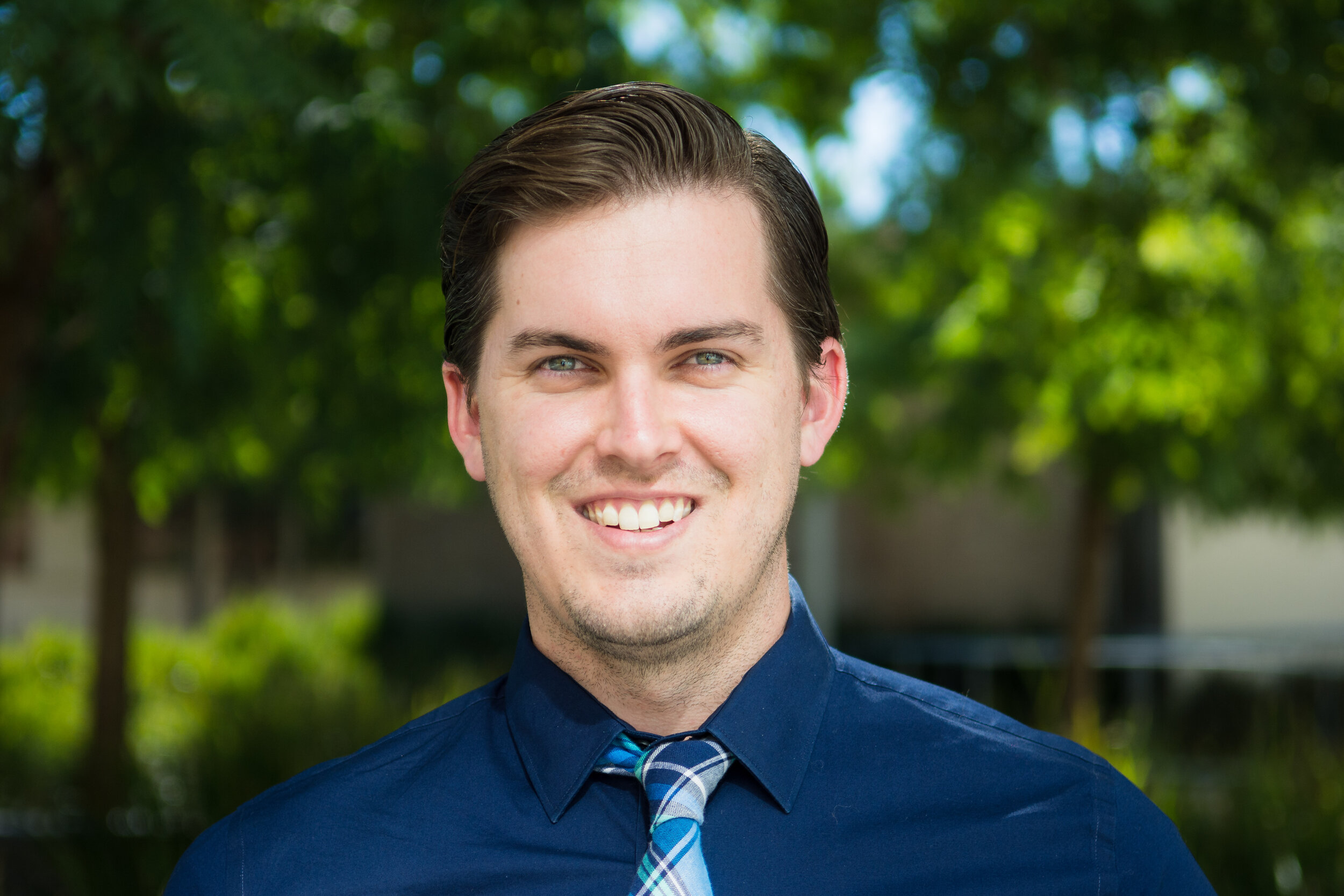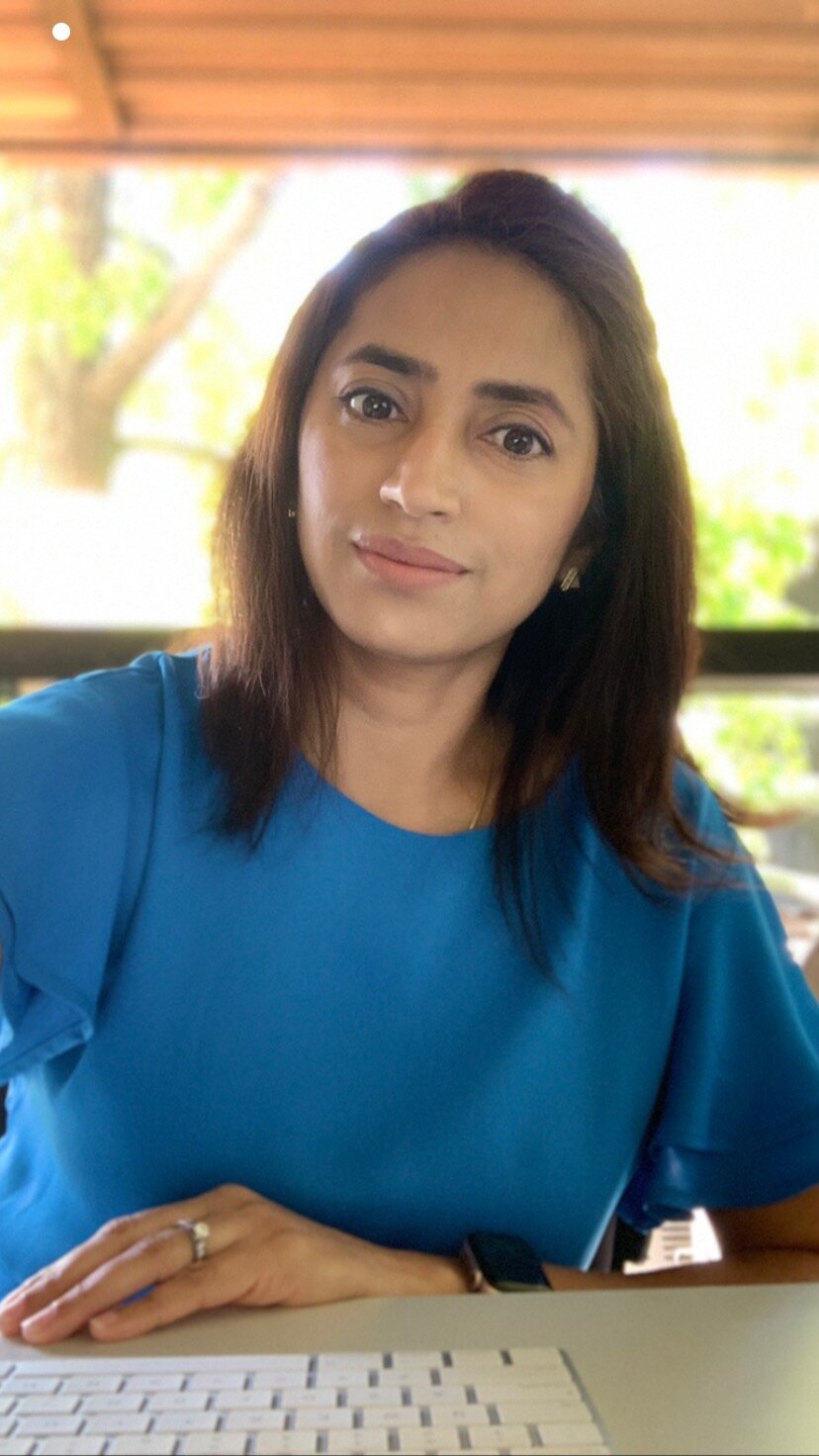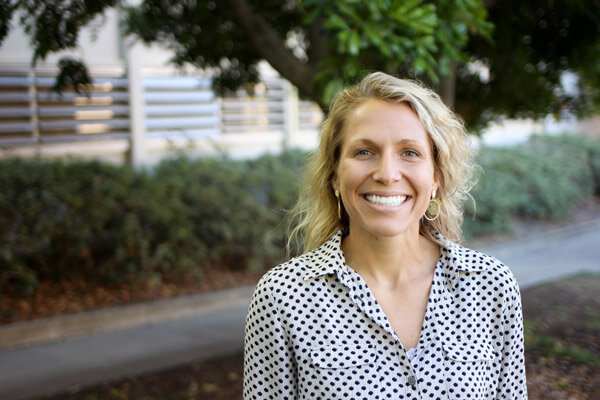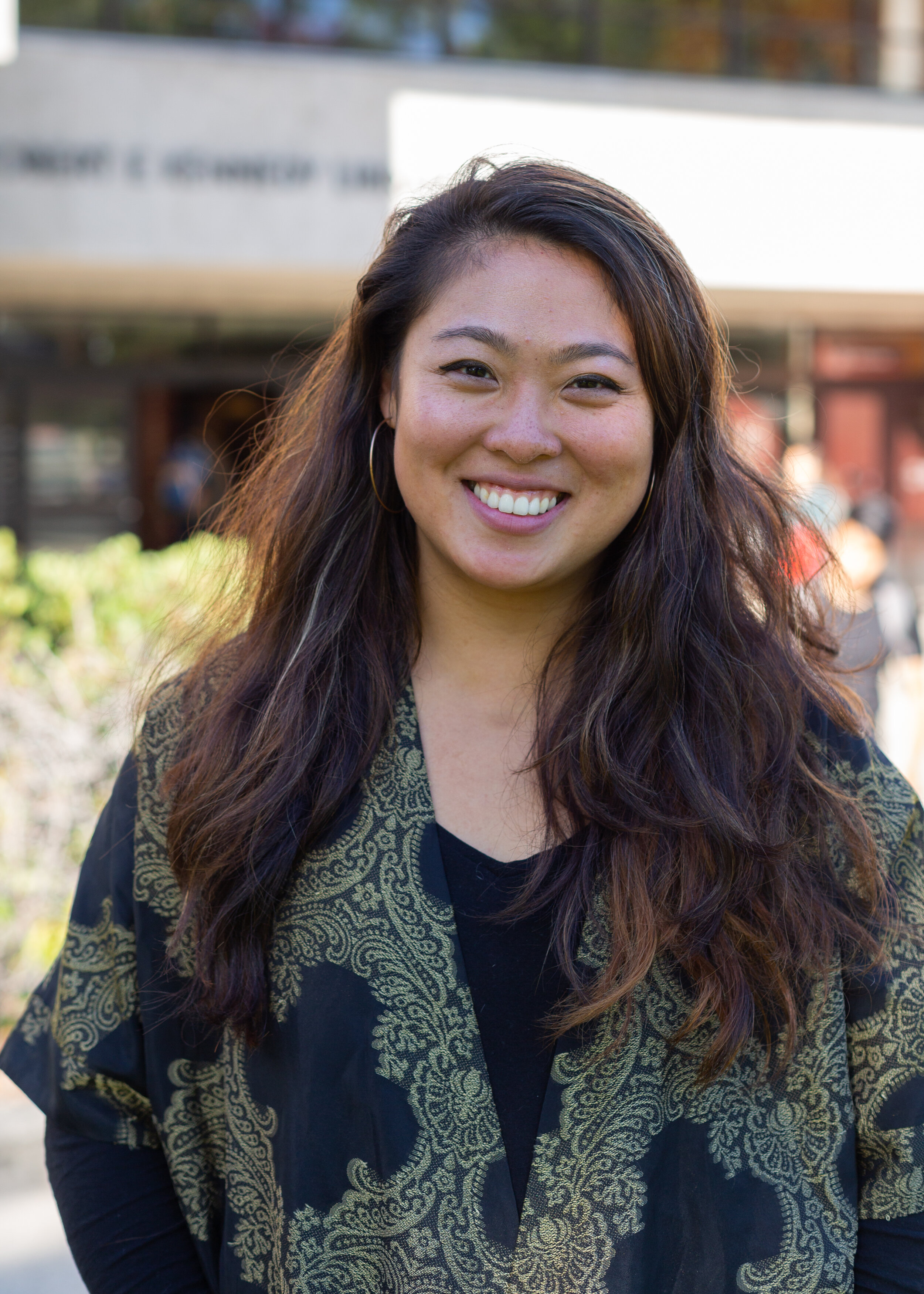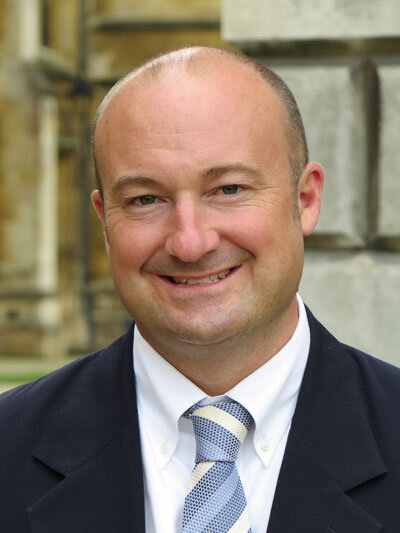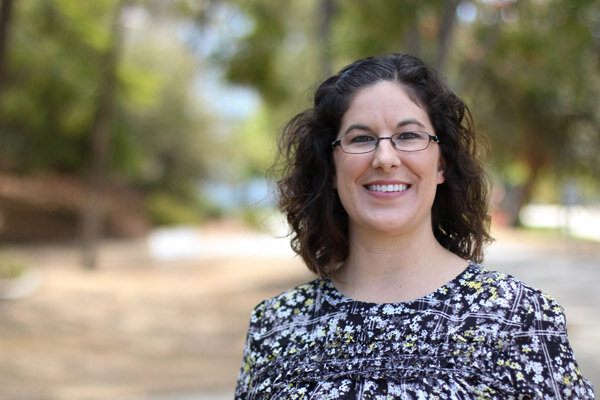Central Coast COVID-19 Snapshots
Central Coast Covid-19 Snapshots project aims to record, preserve, and share the stories of SLO County and Northern Santa Barbara communities that are historically overlooked, unheard, and unacknowledged. These stories will help shape how we understand and who we remember in this extraordinary moment. The project’s main areas of work are: outreach, collection, curation, and preservation. As a public humanities project, we seek to engage the public with narratives that help us gain a fuller, more complex understanding of the impact of and perspectives on the COVID-19 pandemic. We envision this as an on-going documentary project, partly styled after those the Works Progress Administration commissioned in response to the Great Depression of the 1930s. With the support of the CET see grant, we can employ cultural workers to initiate the work of collective meaning-making so crucial during times of crisis with one major difference: this is an all-digital project, by necessity and by design. projects. However, our working group is one of the few to center the voices of Many archives and institutions, including those at other CSU campuses, have begun similar collecting marginalized communities, and thus will serve as an important model for others interested in equity-minded public humanities work.
Understanding the Influence of Social Media on COVID-19 Public Response
The Coronavirus Disease 2019 (COVID-19) has had tremendous impacts on health, social, and economic outcomes. In order to slow the spread of the disease, proper precautions must be taken to limit exposure among the population. In order for these actions to be effective in reducing the spread of the disease, it is critical to provide clear public health messages to promote compliance within communities. One method for reaching individuals and understand their reactions to emergencies is social media. This study will address two aims: 1) Examine COVID-19 content across three population social media sites (i.e., Tik Tok, Twitter, Instagram), and 2) Understand the relationship between social media exposure and COVID-19 actions among a sample of U.S. adults. Given the recency of COVID-19, the public reaction and support for public health policies is unknown. This project will could provide insights into the most common types of misinformation and sources of information which could inform on-going public health communication efforts as well as future emergency response efforts. It could be used to track public response to new policies and recommendation from local, state, and federal governmental organizations. This study expands on previous research in the past that has examined infectious disease outbreaks on social media by combining both a webcrawling approach, APIs, and survey collection to understand the public’s reaction and its potential impact. In addition, it expands on previous research by analyzing content from newer social media sites (e.g., TikTok) that have been included in previous research.
Maintaining Equity and Work-Life Balance: A Look at How Working Parents Deal with the Pandemic
The following project examines how relational partners are making sense of the overlapping professional and personal life in the midst of the COVID-19 pandemic while caring for children. At the center of our project is how the use of expressive technologies are helping partners accomplish work related goals such as engaging with platforms like zoom or slack as well as how technology is aiding parents in their new roles as educational instructors for their children. We are interested in investigating how couples are engaging with these technologies to achieve equity in their relationships related to both work and life needs. Our study design includes surveying individuals working virtually at this time while also caring for their kid(s) to determine what relational maintenance strategies are used and the role of technology in facilitating those strategies. Using a mixed methods approach, the study will use quantitative data to determine whether equity and work-life balance is achieved while using qualitative data to better understand the reasons for equitable or inequitable distributions.
Digital Publishing Pilot: Poly Publishing Platform Student Innovators
The Digital Publishing Project seeks to collaborate with student innovators for the 2020- 2021 academic year to co-create a prototype of a Poly Publishing Platform. The Digital Publishing Pilot aims to raise the visibility and enhance access to Cal Poly scholarship by transposing the immersive on-site exhibitions generated by faculty and students into a digital representation. In working to create an immersive, interactive digital project, this alternative approach to present and disseminate academic scholarship rethinks accessibility and assessment of such work. Using past projects from the faculty exhibition program as prototypes, the pilot aims to demonstrate how scholarship will be transformed into digital publications that merge with current publishing systems on and off campus. It is the platform to publish such scholarship that we are looking for student input; students will be able to take on the exciting challenge of puzzling together various aspects of open source code and graphic design to co-create a tangible platform to demonstrate the publishing pilot. By creating a non-traditional pathway for publishing scholarly research, this pilot project plays an active role in strengthening Cal Poly’s scholarly communication system and to ensure Learn by Doing research is widely disseminated and preserved. The Pilot is housed in the Creative Works department in Kennedy Library, which supports alternative approaches to scholarship with a commitment to amplify underrepresented topics and voices, by shaping, sharing and fueling stories with collaborators in art, exhibits, and digital publishing.
Piloting Ethical Technology Research Through Service-Based Teaching
This project seeks to provide critical data and research about ethical technology needs in education, training, and industry roles, through a pilot service-based learning approach. Currently, Dr. Donig’s “Technically Human” course on ethical and humane technology (convened Spring 2020) aims to help the next generation of humanists and technologists understand the ethics of technology in order to apply this knowledge to practice. Partnering with Paul Jurasin, the Director of Cal Poly’s DxHub, the project would enlist the DxHub’s model of industry partnerships to expand the course into a service-based learning opportunity for students to engage with industry, thus creating a symbiotic relationship between learning and practice on the one hand, and developing a means to collect valuable data about the ethical technology needs and understandings of industry on the other. Funding would provide paid internships for students who could facilitate research practices and launch the program. Paid internships for students would additionally ensure that opportunities to intern with industry partners are equal opportunity for students interested in ethical technology education and practice, since financial equity is tied to diverse outcomes in engagement. This project will propel and support the broader Ethical Technology initiative, successfully awarded funding earlier this year by the University’s Strategic Research Initiative. Together, this project will allow us to better understand and strategize for the university’s new commitment to building an interdisciplinary ethical technology dimension to Cal Poly’s undergraduate education that will enable a workforce capable of addressing the future of the tech industry’s ethical needs.
Visualizing Captured Slave Ships
The Captured Slave Ship Database (CSSD), which is currently under development as a joint effort between faculty and students in the History Department and Computer Science Department, will be the first comprehensive database of the thousands of slave ships captured by the British Royal Navy between 1808 and 1897. This seed grant proposal seeks funding to complete this database and add a visual component to map all 1,500+ slave ships captured by the British Royal Navy between 1808 and 1897. This proposal seeks funding to complete the database and add a visual component using tools of GIS and digital mapping to help visual communicate the history of abolition.
Understanding Interactions Between Internet Information Seeking and Healthcare Provider Communication on Parental Vaccine Decision
Abstract: Scholars have noted a growing tension in parenting discourses between embracing the need for experts to provide proper guidance for raising happy, healthy children and the right of parents to make decisions for their own children. This idea that parents can push back on expert advice and decide for themselves has been driven, in part, by increasing access to information online. Parents often turn to the Internet to research various parenting decisions, including vaccination. By conducting interviews with parents and pediatricians, this study proposes to examine the impact of the doctor- parent relationship on vaccine decisions and explores how information seeking and sharing behaviors within this relationship might influence expressions of vaccine hesitancy or acceptance. In particular, these interviews will explore where parents turn for information on vaccines and how digital technologies, like social media, enhance the perceived credibility of online vaccine information. They will also explore how comfortable parents feel talking to their practitioners about vaccines (especially about the questions or concerns they have) and what happens when a parent brings outside information into a conversation with their child’s health care provider. In answering these questions, this project will analyze the importance of the doctor-parent relationship in making medical care decisions, such as childhood vaccination, and identify communication strategies for health practitioners to use when addressing questions from parents about medical practices.
Hope-After-Hope: Art, Architecture, and Technologies of the Future
Hope drives us to imagine, represent, and create new worlds—or simply survive the one we currently inhabit. Often associated with naiveté and unrealizable solutions, hope can also be a driving force for real change and meaningful engagement with the world. Especially today, as we experience the far-reaching impact of COVID-19 in our lives, hope has become an important lens for thinking about individual and collective responses to unknown futures. The proposed project seeks to develop an online archive and digital platform that explores discourses and expressions of hope in art, architecture, and technology. Planned in conjunction with an upcoming exhibition and symposium at the Asian Art Museum, San Francisco, titled After Hope, tentatively scheduled for the Fall 2020, Hope-After-Hope will use material from the exhibit and related symposium to create an expanded and more dynamic digital platform. During the period of the grant, we will focus on outreach and solicitation, developing search algorithms, and designing “virtual viewing” areas.


